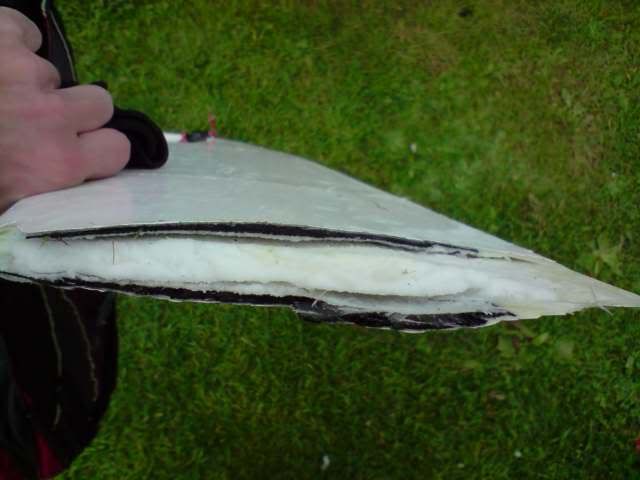PB170 works OK. It is the same stuff, just more or less blowing agent. (PB170, PB250, PB400, PB600)
They also have another (cold curing) hardener, which leaves the foam slightly flexible. Very good for filling hollows.
And they have a range of machine foams, which can be pumped, and fire retardant versions.
In the past I used Ciba (at the time) 5054 series. we started with that when a request came from the government to fill the throughs of a bridge (the stiffeners below the bridge). I was delivered a piece of bridge that they cut out to do tests. (for the Dutch people: The Brienenoord, Rotterdam).
In the end they did reinforce the bridge in a different manner, as my boss was reluctant to do the job, as the curing agent used was toxic like nothing else. With the knowledge I have now, and the Sicomin materials, I would easily tackle such a project.





